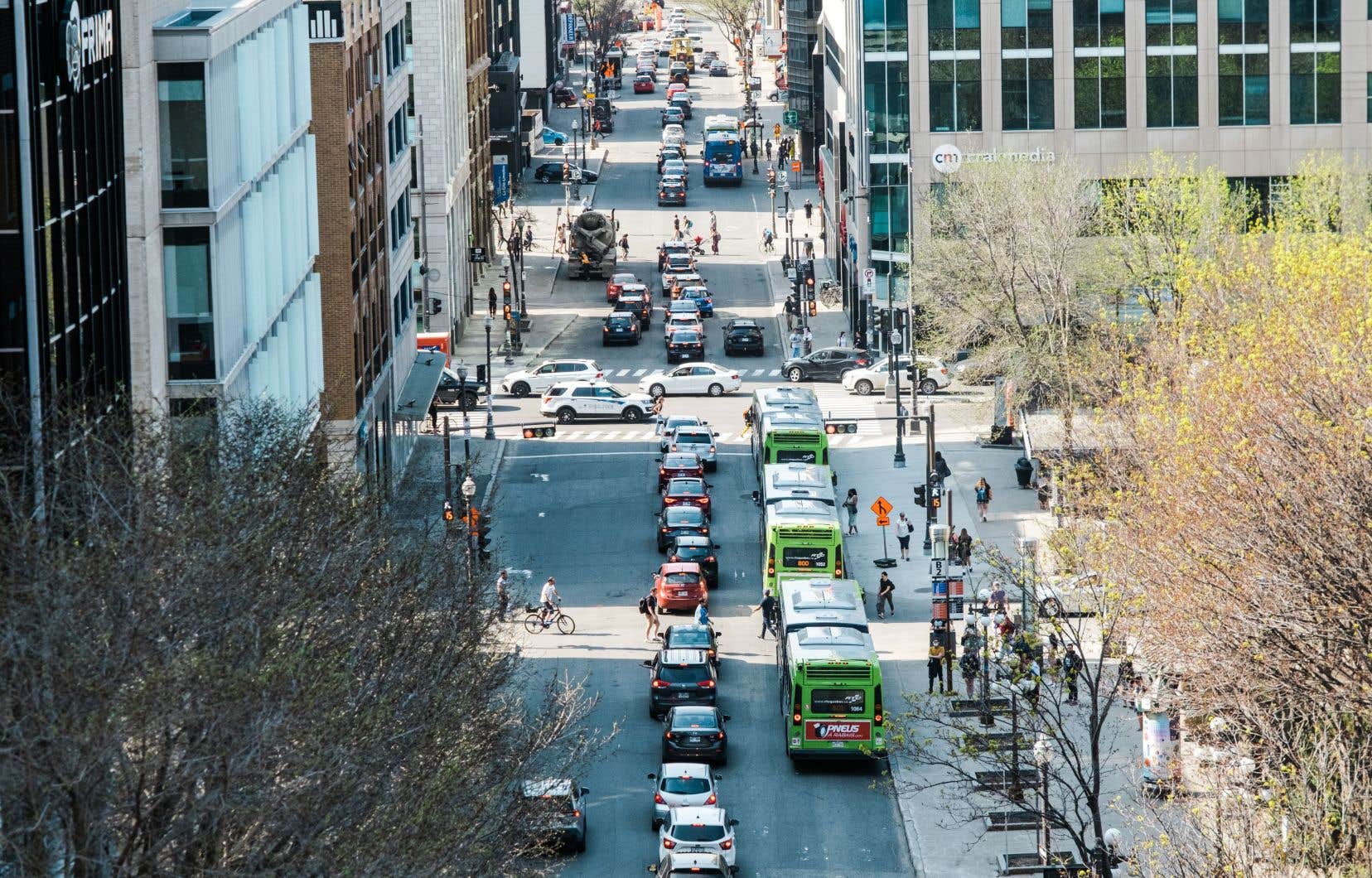The Quebec tramway still faces headwinds from the population of the capital. A survey presented Friday by the City indicates that 60% of people are opposed to the largest project in the history of Quebec, mainly in the peripheral boroughs where the tram will not run.
Among the 1,005 respondents surveyed by Léger, 44% say they have a very bad opinion of the tramway. This is more than all favorable opinions, which amount to 40%. This is a decrease of 2 percentage points compared to the support expressed during a previous survey commissioned by the City in October 2022.
“It’s a project that suffers from several current events,” said Mayor Bruno Marchand. Elections, series of events, inflationary context… Obviously that influences people’s opinions. »
Léger surveyed the population between September 29 and October 10. During this period, the CAQ suffered a crushing defeat in Jean-Talon, resurrected the third link and promised a vast consultation, still nebulous, on “mobility in the greater Quebec region”.
Since then, government support for the tramway seems timid, at a time when the most important project submissions are due to arrive at the project office on November 2. Friday, the Minister of Education, Bernard Drainville, summarized the position of the CAQ caucus.
“I’m going to be a little dull, but the answer we are giving,” said the minister responsible for Chaudière-Appalaches, “is that we are waiting for the figures from Quebec City. »
The disaffection of the suburbs
In the boroughs where the route would wind, a very small majority of respondents support the project. Barely 51% of people in Cité-Limoilou say they have a favorable opinion towards the tramway, a proportion which rises to 55% in Sainte-Foy-Sillery-Cap-Rouge, where the student population of the Laval University.
Disenchantment with the tram persists on the outskirts of the city center. In Beauport, barely 31% of people have a good opinion of it. In Haute-Saint-Charles and the Les Rivières district, support appears to be weak: barely 29% support in both cases.
“It’s normal that in neighborhoods where the tramway doesn’t pass, it’s not the project we want to promote because we don’t see the benefits for ourselves,” the mayor stressed. What I’m telling you is that they are not wrong: in their place, I could think the same. It’s up to us to work to present a global vision of a mobility solution for everyone. »
Faced with an initial cost overrun which caused the tram bill to rise from $3.3 billion to $3.9 billion, the government took service to the suburbs under its wing. The CAQ promised, in this vision stated in spring 2021, to invest more than $840 million to build 100 km of reserved lanes between the city center and the outskirts.
This promise has since largely sunk into oblivion. No work has been done to make the Capital Express Network a reality, which was to include the tunnel between Quebec and Lévis, the tramway and this service to the suburbs. The only element of the picture that is currently taking shape is the widening of two central boulevards in Lévis.
“We all have a share of responsibility,” said Mayor Marchand when questioned by a Radio-Canada journalist on this subject. I take mine, I think they take theirs. »
The elected official from Quebec, however, continues to believe in the realization of this promise. “I feel this desire of the government,” he indicated, “to serve the entire territory of the city. »
For mobility, but against the tram
The survey carried out by Léger contains, in the eyes of the City, a paradox.
At a time when a majority of the population says they are opposed to the tramway, more than three out of four citizens believe that the capital must develop according to the principles of sustainable development and reduction of greenhouse gases.
A proportion of 63% of respondents say they are in favor of increased densification around public transport; 64% of them believe that their city should develop active and collective mobility and 67% of the population surveyed believes that mobility projects should serve as a driving force in the economic development of the capital.
The Léger survey, representative of the demographics of the boroughs, has a margin of error of plus or minus 3%, 19 times out of 20. Among the respondents, 55% say they are workers, 31% retired and 8% students. More than 80% of them own at least one car.
